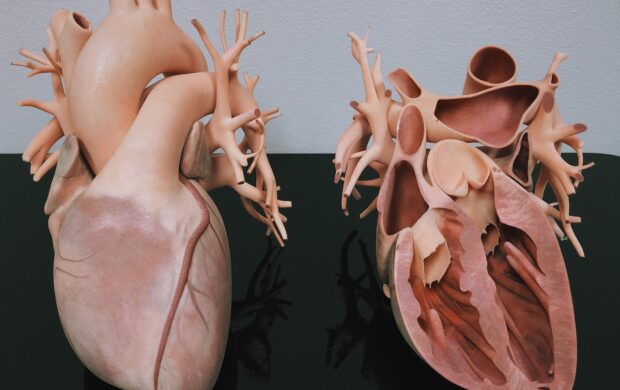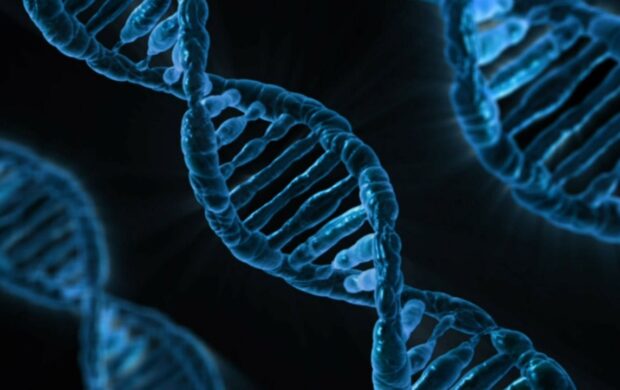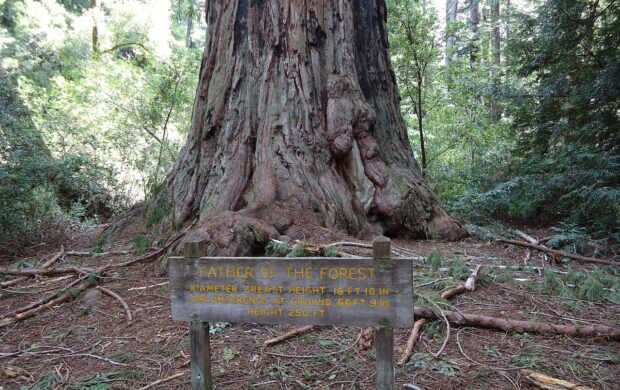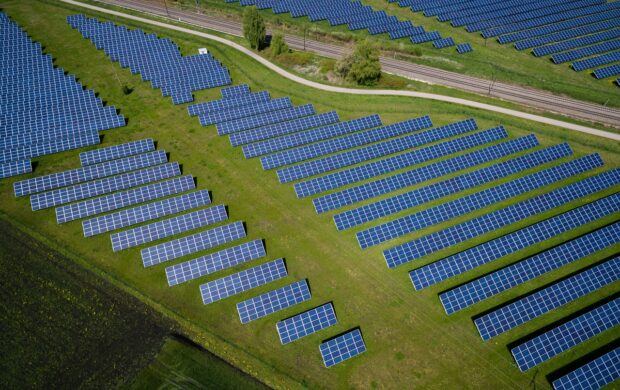Research from the University of Utah has determined that poaching contributes to 90% of the illegal ivory trade on the African continent. The Proceedings of the National Academy of Science published the study in September 2016, entitled “Radiocarbon dating of seized ivory confirms rapid decline in African elephant populations and provides insight in to illegal trade.” Cerling et al collected 231 specimens of Ivory from 2002-2014, seized by various African authorities. These were then tested through carbon dating and genetic analysis methods. The results showed that 90% of the ivory was traded from elephants that had died less than three years before the ivory was confiscated. One particular specimen of ivory revealed that an elephant had died just months before its confiscation. This signifies that there needs to be more focus on current poaching; despite ivory being made illegal in 1989, the research shows that elephants are still victims of the ivory trade.
Carbon dating confirms 90% of ivory is illegally traded in Africa
Details
- Topic: BiodiversityClimate change
- Other Tags: EcosystemsSustainabilityTechnology














